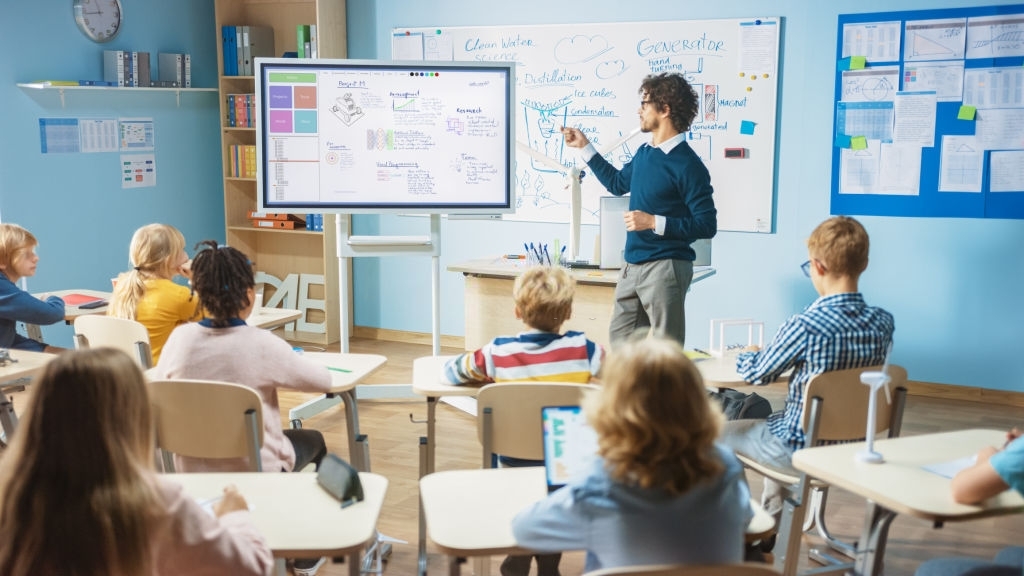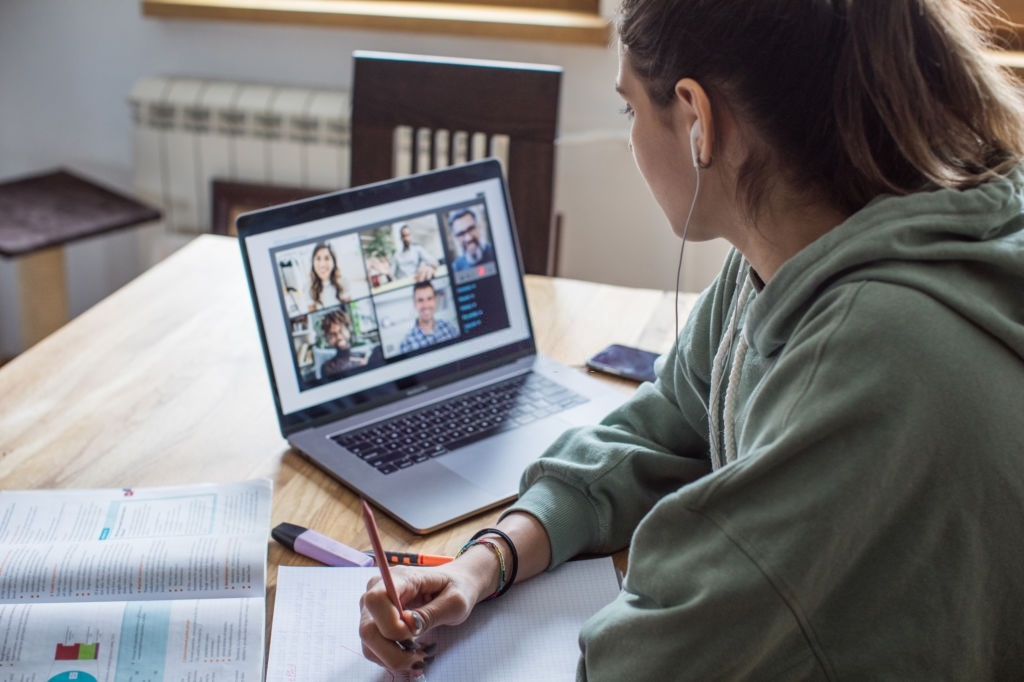Smart Classroom Malaysia: New Ways of Learning
When schools were closed at the start of the pandemic, we observed how quickly the education system sought to adapt to remote learning.
Classes were held online using video conferencing facilities, assignments were submitted online, and other virtual techniques, such as interactive learning, were used. In Malaysia, these modifications have become a new way of learning.
A smart classroom in Malaysia is one that is digitally equipped and offers a wide range of teaching and learning methods via the use of technology. It could be as easy as adding audio and visual components into a lecture, which is something that many classes are doing these days — and have done so in the past as well.
It might even be something as advanced as utilizing virtual reality to practise medical procedures. A smart classroom also helps the instructors when they use technology. There are applications and resources available to help teachers with lesson planning and even the opportunity to store an online taught class for future reference.
Today's smart classrooms and virtual classrooms have come with the arrival of cutting-edge hardware and cutting-edge software technologies to improve teaching and keep track of students' learning.
The following are the new ways of learning:
Collaborative Learning
When an interactive smartboard is used correctly in smart classrooms in Malaysia, it can encourage cooperation and help students comprehend more. An interactive display screen allows teachers and students to collaborate to convey ideas and provide comments to improve understanding.
Interactive Display

It is a smart classroom system that can be used to interact with any interactive multimedia content in an engaging manner.
The RICOH smartboard offers numerous functions that are appropriate for this.
You can bring content to life for more engaged and informed user groups with RICOH's interactive, smart whiteboard solution in Malaysia, effortlessly explore and swipe through documents on a huge scale, then edit, create, and share without leaving the device.
Both students and teachers can collaborate on-screen to create a presentation, plan, proposal, spreadsheet, or nearly anything.
Educational App
There are many apps, both free and paid, that can help teachers plan and deliver lectures and concepts more efficiently in smart classrooms or distant learning. Interactive lessons can be created using online platforms such as Google Classroom or Arvia Class.
Distance Learning
Distance learning is becoming more common, particularly in the Covid-19 pandemic, allowing teachers and students to connect online or learn from home. With the approval of their teacher, students can attend class from wherever they are. This is made feasible and more convenient through on-demand learning management and online webinars.

When it comes to the new way of learning, the largest advantage of a smart classroom is remote learning. With the online programs that are now available, we are on the verge of smart education. We saw certain usage prior to COVID-19, such as pre-recorded lessons for students with conflicting schedules, or various types of interactive learning.
Some schools also use artificial simulations in engineering fields like automotive and aerospace. Students can employ artificial intelligence to mimic their models of various automobile components, allowing them to test motor parts without having to fabricate them themselves.
They can create a prototype after the simulation passes a test. This saves them time and money and makes the learning process much more efficient.
In Closing
In recent years, there has been a considerable improvement in educational standards, development, and innovation in the education sector. Information can be displayed using images, maps, graphs, flowcharts, and animated films utilizing smart classroom technologies and smart, interactive whiteboards in Malaysia.
This makes learning more appealing, fascinating, and easy to comprehend. It promotes students' capacity to study and recall a concept for an extended length of time.
News & Events
Keep up to date
- 18Dec
Ricoh recognised as a Top 5 global AV Integrator in SCN Top 50 Systems Integrators 2025
- 11Dec
Ricoh Recognised as a Sustainability Leader in Quocirca's 2025 Report
- 31Oct
Ricoh perovskite solar cells installed on Japan Aerospace Exploration Agency cargo transfer spacecraft1 HTV-X1
- 17Oct
Ricoh recognised among Forbes’ World’s Best Employers 2025
